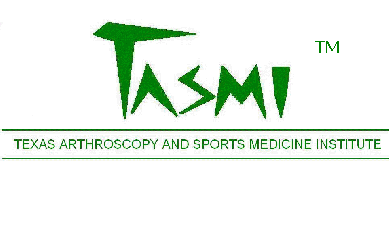|
| |
Shoulder Research
 | Variants of the Anterosuperior Glenoid Labrum and
Associated Pathology. Published in the journal, Arthroscopy, in 2002,
this clinical investigation focused on the incidence of normal variants of the upper
front part of the labrum (a lip of fibrous tissue that rings the saucer
portion of the shoulder ball-and-saucer joint). These variants of normal
anatomy can be confused for pathologic tearing of the labrum by imaging
studies such as MRI and even at surgery. This was the world's first
published prospective investigation related to these variants. Prospective
investigations record data going forward, and therefore tend to be more
reliable than retrospective investigations that rely on old records to gather
data. This investigation revealed that the incidence of these normal variants
was higher than what was previously thought based upon retrospective studies.
Furthermore, this investigation revealed, for the first time, that these
variants are associated with an increased incidence of certain types of labral
tears. This finding was later confirmed by another investigation of this
subject by researchers at Johns Hopkins Medical School. |
 | Anatomic and Radiographic Analysis of Arthroscopic
Tack Placement into the Anteroinferior Glenoid. Published in the journal,
Orthopedics, in 2003, this laboratory investigation illustrated and quantified the
limitations of arthroscopically inserting devices designed to re-attach torn
ligaments for unstable shoulders. Most shoulder dislocations occur in an
anterior direction. Shoulders that suffer recurrent anterior dislocations
usually have torn or loose anterior ligaments. Traditional open surgical
tightening of these ligaments has led to high rates of success. These
procedures can now also be done with less invasive arthroscopic surgery.
However, many series of these arthroscopic repairs demonstrated success rates
lower than traditional open surgical procedures. This investigation shed light
on one of the possible reasons for this lower success rate. For the first
time, the limitations of inserting devices used to repair detached anterior
ligaments through standard arthroscopic approaches were quantified. Such
information may be of use to improve upon arthroscopic repair techniques in
order to achieve higher success whilst minimizing invasiveness. |
 | Classification of Variants of the Anterior Superior
Glenoid Labrum and Associated Shoulder Pathology. This
clinical investigation, published in early 2008 in the journal, Orthopedics,
evaluated over 300 patients to help devise a useful classification system for
commonly encountered anatomic variants of the upper front part of the labrum
(a lip of fibrous tissue that rings the saucer portion of the shoulder
ball-and-saucer joint). This largest-to-date prospective investigation
focusing on these variants confirmed earlier work done at TASMI that these
variants are more commonly present than previously thought, and that certain
types of these variants are associated with an increased incidence of certain
types of labral tears, which can be symptomatic enough to require surgical
intervention. |
|
